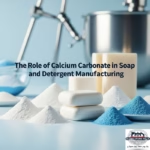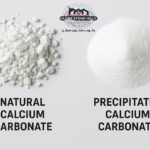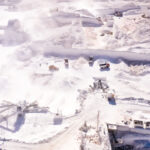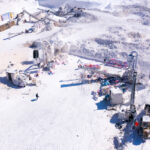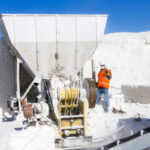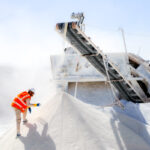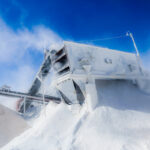Talc | History, Uses & Facts
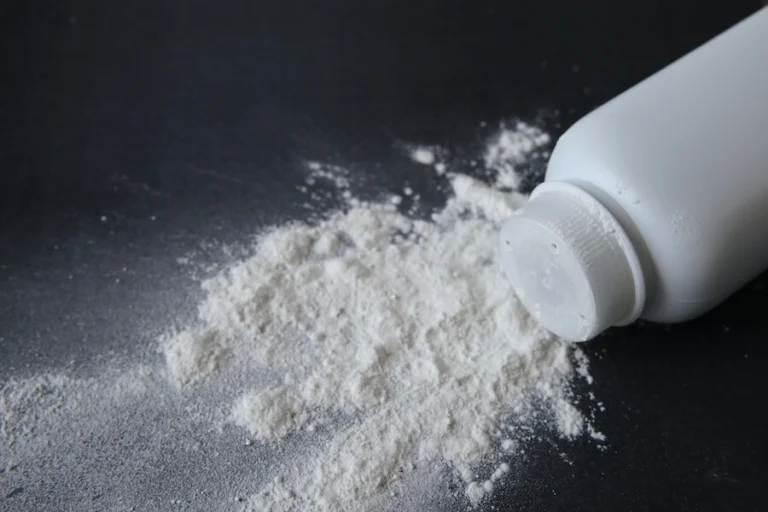
Talc has long been a part of our daily lives, appearing in many products we use, from baby powder to cosmetics. But is this soft white mineral as safe as we think? In this article, we will explore talc, its history, its uses, and the ongoing debate about its safety. To learn more about the uses and properties of talc in cosmetic products, you can read more through SpecialChem.
What is talc
Talc is a naturally occurring, soft, white mineral composed primarily of magnesium silicate. Talc has a high ability to absorb moisture and oil, making it ideal for use in products that require these properties.
Also Read Calcium Carbonate in the Food Realm
History of use of talc
Talc has been used for thousands of years, with the ancient Egyptians and Romans using it for their health and beauty. In the Middle Ages, talc was used in paint and medicine. As industry developed, talc’s uses expanded to include many areas, such as paper, plastics, and ceramics.
Uses of talc
Talc is used in many industries and applications, including
- Cosmetics industry: Talc is used in the composition of many cosmetics, such as face powder, lipstick, and eye shadow.
- Pharmaceutical industry: Talc is used as a filler in some medicines, and as a skin protectant in some medical preparations.
- Papermaking: Talc is added to paper to increase its smoothness and shine.
- Plastics Industry: Talc is used as a filler in the plastics industry to increase its durability.
- Paint industry: Talc is used in some types of paint to increase its shine and coverage.
Controversy over the safety of talc
Despite the widespread use of talc, there is considerable controversy about its safety. Some studies have suggested a possible link between the use of talcum powder, especially in the genital area, and an increased risk of certain cancers, such as ovarian cancer.
However, the results of these studies have been conflicting, and scientists have not yet been able to prove a direct causal relationship between talc use and cancer.
Talc alternatives
Due to concerns about the safety of talc, many consumers have begun to look for natural and safe alternatives. These alternatives include:
- Cornstarch: Cornstarch is an excellent substitute for talc, as it has a high ability to absorb moisture and oil.
- Rice starch: Rice starch has skin-soothing properties, making it suitable for babies and those with sensitive skin.
- Zinc Oxide: Zinc oxide is widely used in products that treat diaper rash, and has anti-inflammatory properties.
Despite the widespread use of talc, controversy over its safety still exists. Therefore, it is advisable to be cautious when using products containing talc, and it is preferable to consult a doctor before using them, especially for children and pregnant women. It is also advisable to look for natural and safe alternatives to talc, such as cornstarch, rice starch, and zinc oxide.
Recent Posts
- Globe Stone Hills: Your Comprehensive Guide to High-Quality Calcium Carbonate Solutions
- The Role of Calcium Carbonate in Soap and Detergent Manufacturing
- Precipitated vs Ground Calcium Carbonate: Key Differences, Uses & Benefits
- Calcium Carbonate Quarries in Egypt | High-Purity White Mineral for Industries
- Difference Between Coated and Uncoated Calcium Carbonate
Latest Posts
Contact the Globe Stone Hills team
Gallery
- © Copyright 2024. Globe Stone Hills


